Maintaining a travel trailer involves numerous responsibilities, one of which is ensuring that the water tank remains clean and free from contaminants. Whether you’re a seasoned traveler or new to camping, knowing how to clean and maintain your water tank is crucial for health and hygiene. This guide will outline the steps necessary to effectively clean your travel trailer’s water tank, address potential issues, and provide essential maintenance tips.
Understanding Your Travel Trailer’s Water System
Before delving into the cleaning process, it’s vital to understand the components of your travel trailer’s water system:
| Component | Function |
|---|---|
| Water Tank | Holds fresh water for drinking, cooking, and washing. |
| Water Pump | Transfers water from the tank to the faucets. |
| Supply Lines | Carry water to various fixtures throughout the trailer. |
| Drain Valve | Used to empty the water tank for cleaning and winterization purposes. |
Understanding these components will help you take a more systematic approach to maintenance and ensure that all aspects of the water system are taken care of.
Why Cleaning Your Water Tank is Essential
Cleaning your travel trailer’s water tank offers numerous benefits:
- Health Safety: Bacteria and algae can thrive in stagnant water, potentially leading to health risks.
- Taste and Odor: Contaminants can negatively affect the taste and smell of water, making it less palatable.
- System Longevity: Regular cleaning can prevent build-up that could damage your water system over time.
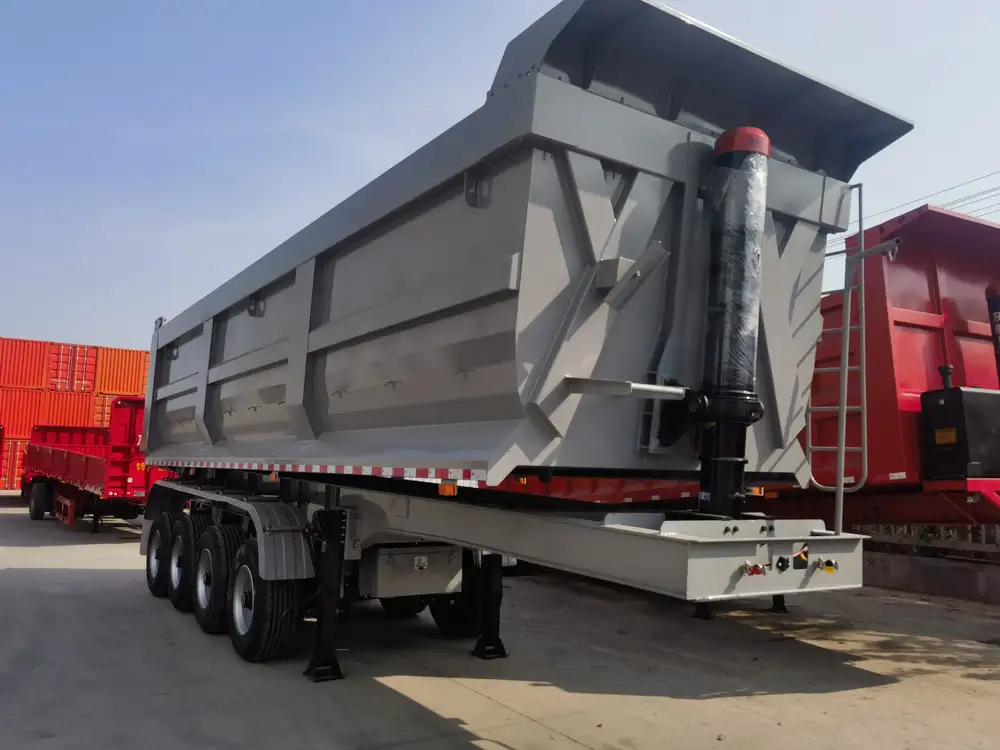
Materials Needed for Water Tank Cleaning
Before starting the cleaning process, gather the following materials:
- Mild dish soap
- White vinegar or bleach (for disinfection)
- Sponge or soft cloth
- 5-gallon bucket
- Fresh, potable water
- Hose with a spray attachment
- Funnel (optional)
Step-by-Step Guide to Clean Your Water Tank
Step 1: Empty the Water Tank
- Locate the Drain Valve: The drain valve is often found at the lowest point of the water tank. Ensure the valve is easily accessible.
- Open the Valve: Use a bucket to catch the water as you open the drain valve. Make sure to thoroughly empty the tank, allowing all residual water and sediments to flow out.
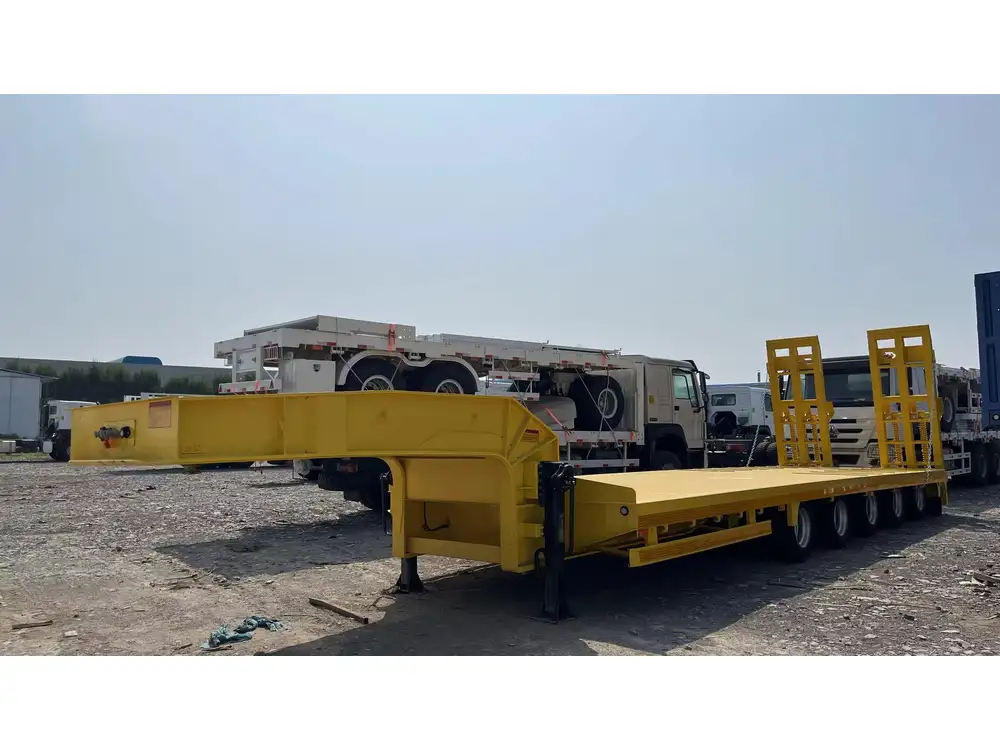
Step 2: Rinse the Tank
- Refill the Tank: Using your fresh potable water, fill the water tank halfway.
- Agitate the Water: Close the valve and give the trailer a gentle shake to dislodge any remaining debris or sediments.
- Drain Again: Open the valve to let the rinsed water out, ensuring that no debris remains.
Step 3: Prepare Cleaning Solution
Depending on your preference, you can use either white vinegar or a diluted bleach solution:
- Vinegar Solution: Mix one part vinegar to one part water.
- Bleach Solution: For every gallon of water, add ¼ cup of household bleach.
Step 4: Fill with Cleaning Solution
Using a funnel if necessary, fill the tank with your chosen cleaning solution. Ensure that the tank is filled to the brim, as this will help in thoroughly sanitizing the surfaces.

Step 5: Circulate the Solution
- Pump Water through the System: Activate the water pump to circulate the cleaning solution through the water supply lines.
- Open Faucets: Open all faucets, allowing the solution to flow through and reach every fixture (kitchen, bathroom, and shower). Allow it to sit for at least 30 minutes.
Step 6: Flush the System
- Empty the Tank: After allowing the solution to sit, drain the tank completely.
- Rinse with Fresh Water: Refill the tank with clean potable water and activate the pump again, running the water through the system.
- Drain Again: Open all faucets to allow the rinsed water to flow out, ensuring the cleaning agents have been thoroughly flushed from the system.
Step 7: Final Rinse and Check
- Final Water Check: Once you’ve completed the rinsing process, check the water for any remaining taste or odor from the cleaning solution. If needed, repeat the rinsing step until the water is clear.
- Inspect for Issues: During this process, take the time to inspect the plumbing for any leaks, damage, or unusual wear and tear.
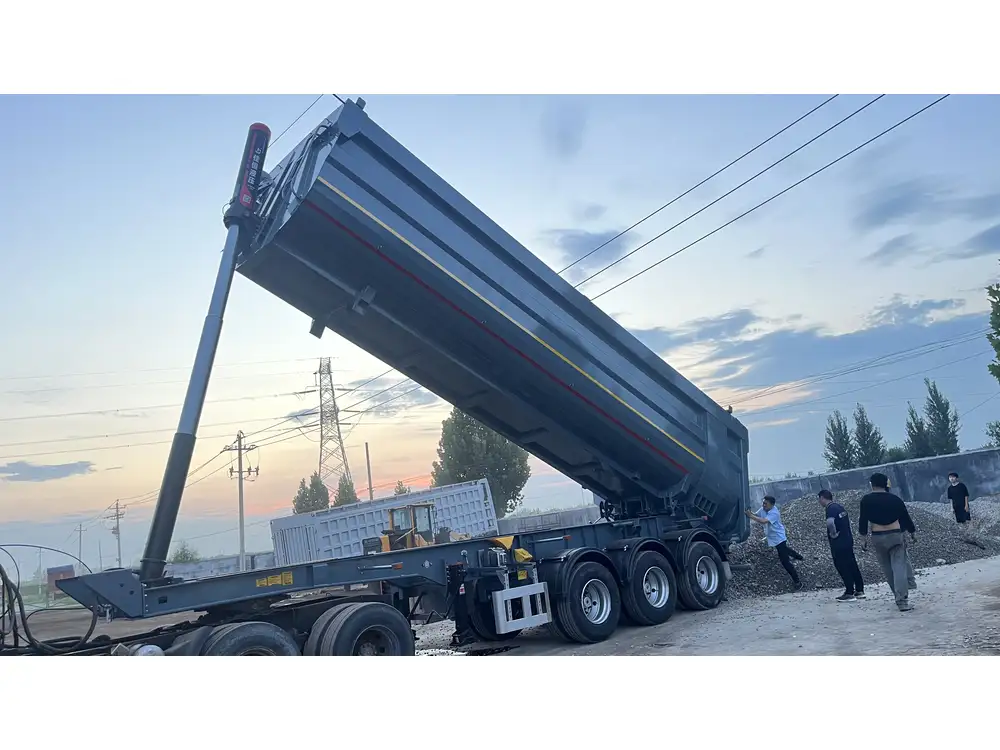
Additional Maintenance Tips
To keep your travel trailer’s water tank in optimal condition, consider the following maintenance practices:
1. Regular Inspection
Conduct regular inspections every few months. Look for signs of leaks, corrosion, or damage to connections and hoses.
2. Winterization
Before winter storage, ensure your water tank is completely drained and winterized. Use RV antifreeze to prevent freezing, which can damage the pipes.

3. Seasonal Cleaning
Perform a thorough cleaning of your water tank at the beginning of each camping season to ensure it’s fresh and ready for use.
4. Monitor Water Quality
Regularly test the water for quality, especially after extended periods of non-use. This is crucial in maintaining health safety.
Frequently Asked Questions (FAQs)
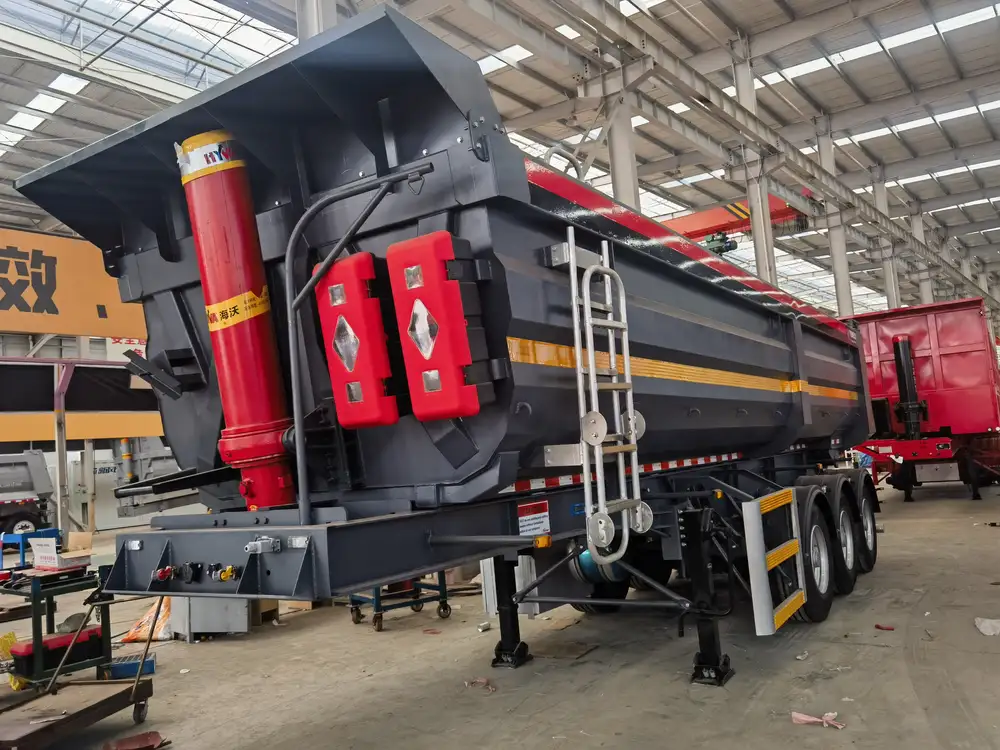
How often should I clean my travel trailer’s water tank?
It is recommended to clean your water tank at least once every three months or before and after a camping trip. This helps maintain water quality.
Can I use harsh chemicals to clean my water tank?
No, harsh chemicals can leave residues that are harmful to health. Stick with mild solutions like vinegar or a diluted bleach mixture.
What should I do if I notice a foul smell or taste in the water?
If you detect unpleasant smells or tastes, it might indicate contamination. Perform a thorough cleaning as outlined in this guide and replace old water with fresh supplies.
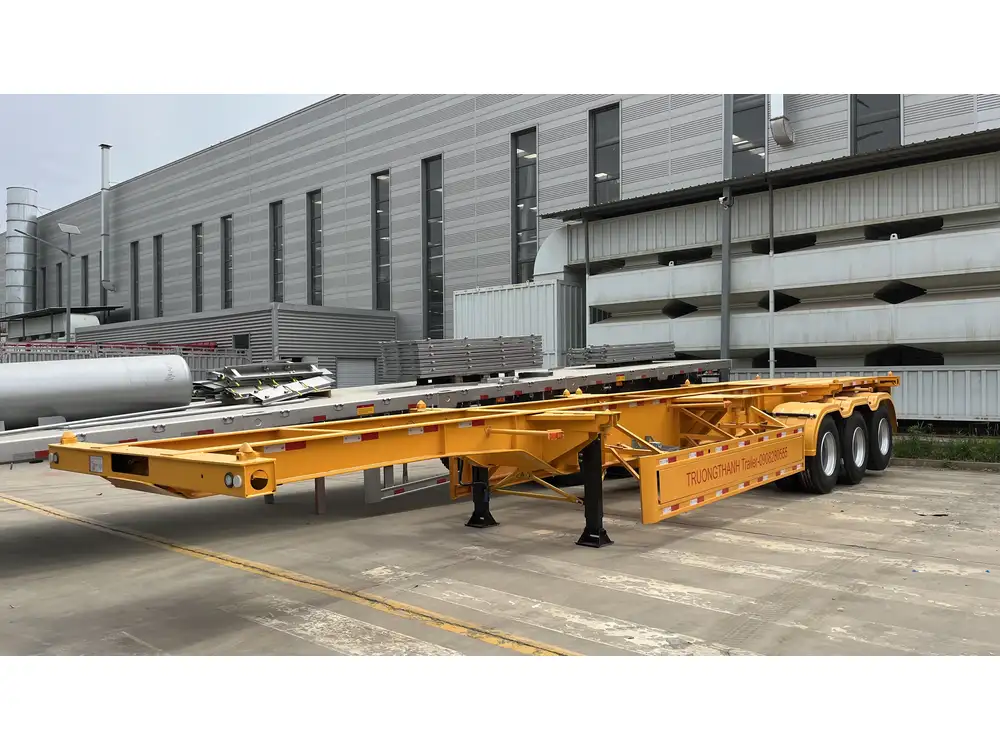
Is it necessary to use potable water?
Yes, always ensure you are using potable (drinkable) water for refilling your tank. Non-potable water can harbor bacteria and chemicals that may be harmful.
How can I prevent algae growth in my water tank?
Regularly clean your tank and keep it full, as stagnant water promotes algae growth. Using a small amount of vinegar while filling the tank can also help inhibit algae formation.
Conclusion
Proper maintenance and cleaning of your travel trailer’s water tank are paramount for ensuring safe and pleasant camping experiences. By regularly following these steps and implementing good practices, you can prevent problems down the line, ensuring that your water system remains in peak condition.
Keeping your trailer well-maintained not only enhances your travel experience but also protects your health and enhances the lifespan of your vehicle’s water system. For any further assistance or specific inquiries, consult your travel trailer manufacturer guidelines or reach out to a professional in RV maintenance. Safe travels!



